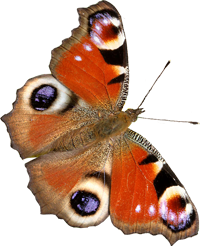
Bucharest, Romania, June 2006
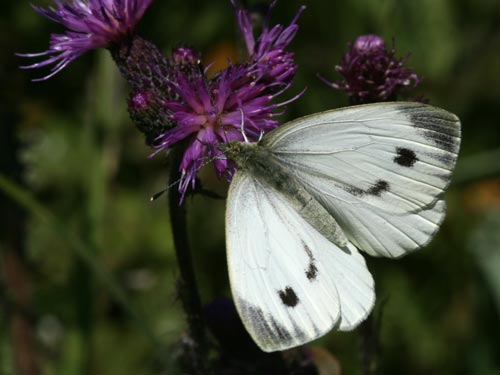
Vaud, Switzerland, June 2007
Field notes and information
This is an extremely widespread species. It is also one that shows a very wide range of regional and local variation, so much so that it appears that the taxon is in the process of speciation - a number of new sister species are beginning to appear. For example the Balkan green veined white, Pieris balcana, is still up for debate as a separate species although physical differences in the genitalia are reported to make cross paring with P. napi very difficult/ unlikely in the wild.
Identification & Similar species: The green lining of the veins on the underside hindwing is distinctive for this species - in some locations these lines are very fine in the summer brood and confined to the basal area.
Distribution & Flight: This is an extremely widespread species, found across Europe and the mountains of north Africa, at all altitudes, in a huge variety of habitats flying throughout the season in a number of broods.
Habitat & Behaviour: Diverse. Typically woodland or scrub areas but anywhere with flowers is likely habitat. Replaced by the mountain green veined white, P. bryoniae, at high altitudes (above 1500 to 2000m) in the Alps.
Variation: Spring butterflies are, on average, darker than subsequent broods.
There is a large number of named varieties and subspecies across its range. These show variable intensity of dark markings on both surfaces and also the extent of the markings, the extent of dusky dusting of all wings and the yellowness of the ground colour.
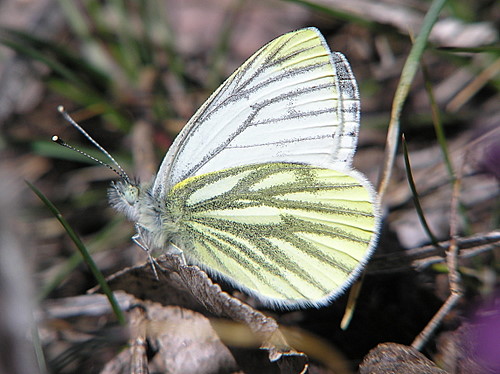
Valais, Switzerland, March 2004
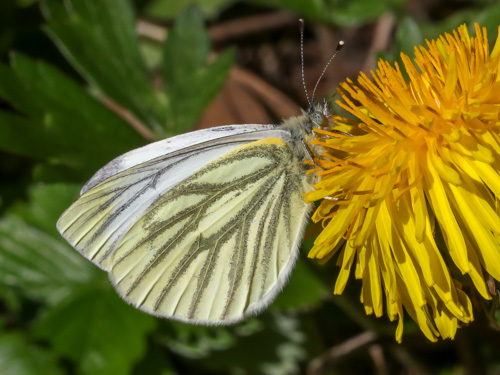
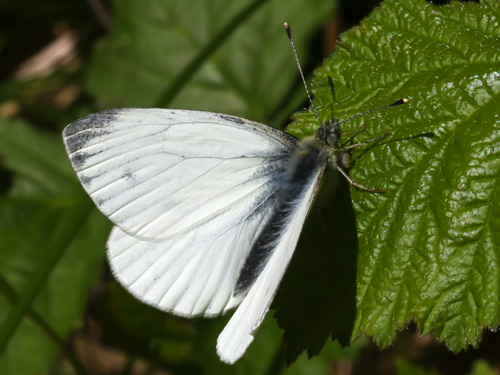
Valais, Switzerland, May 2021
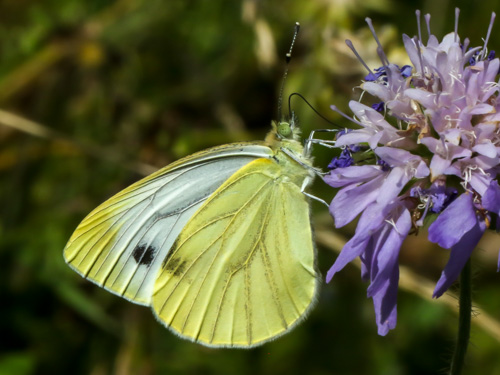
Vaud, Switzerland, June 2020
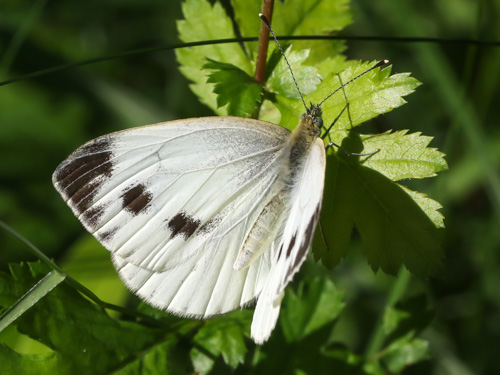
Geneva, Switzerland, June 2021
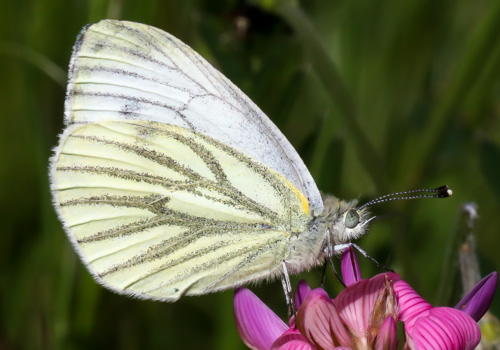
Valais, Switzerland, May 2022
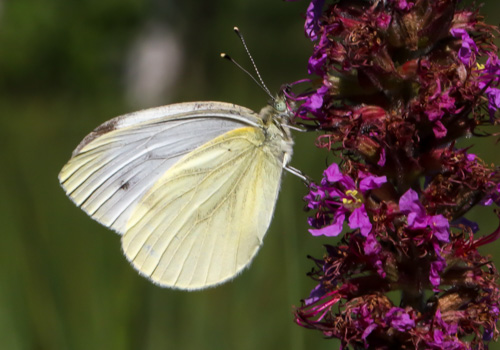
Jura, France, June 2022
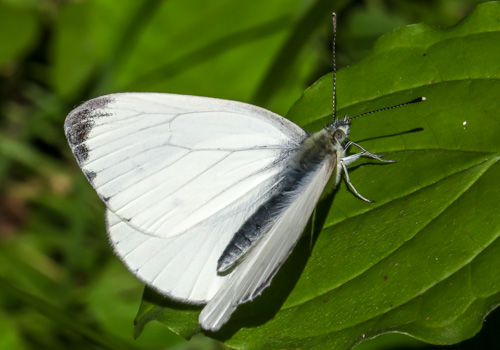
Geneva, Switzerland, June 2022
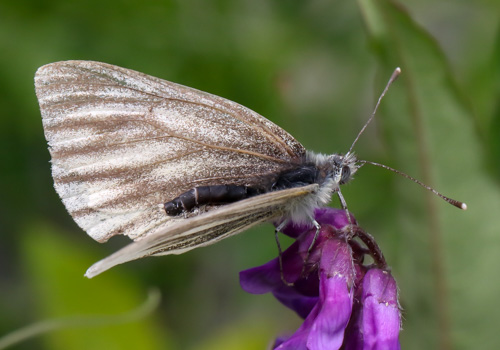
N Sweden, July 2022
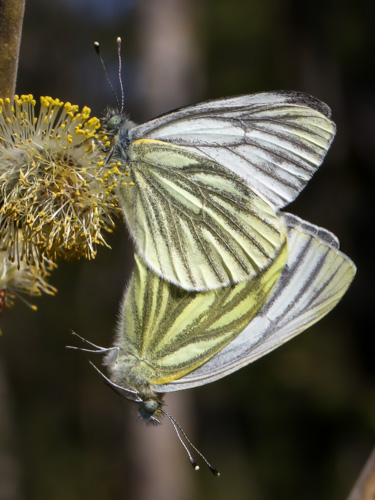
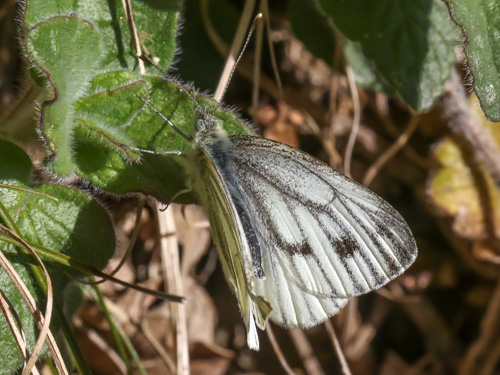
Fribourg, Switzerland, April 2020
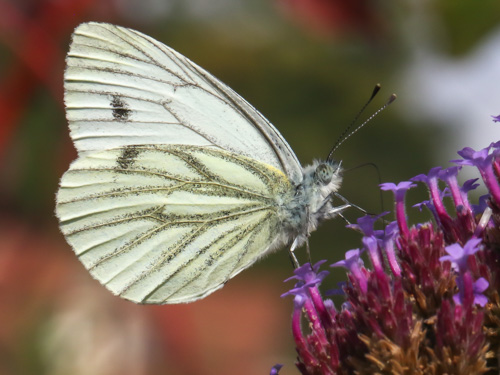
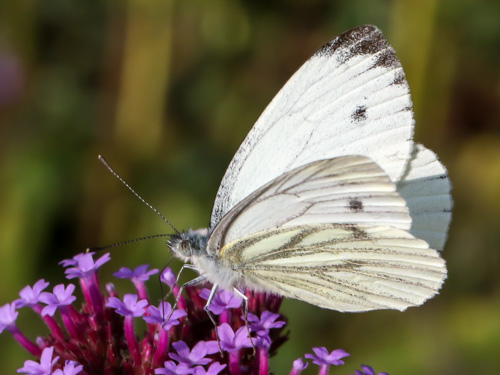
Vaud, Switzerland, September 2020
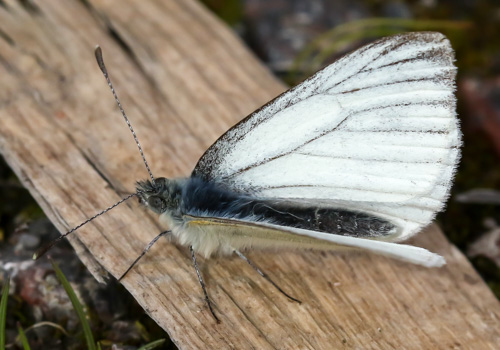
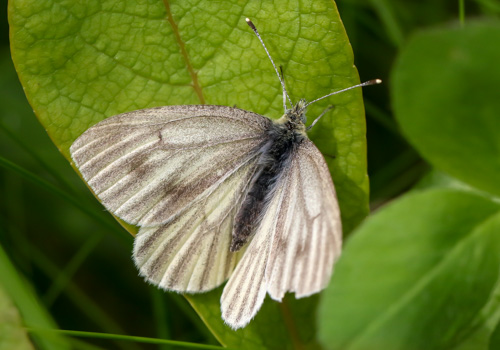
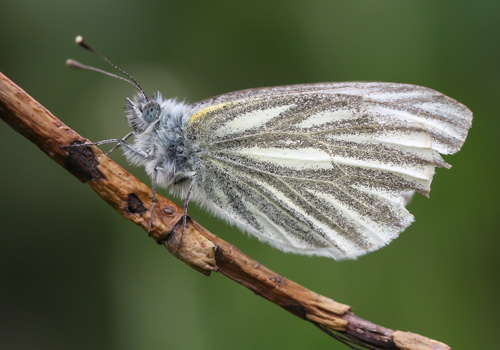
N Sweden, July 2022
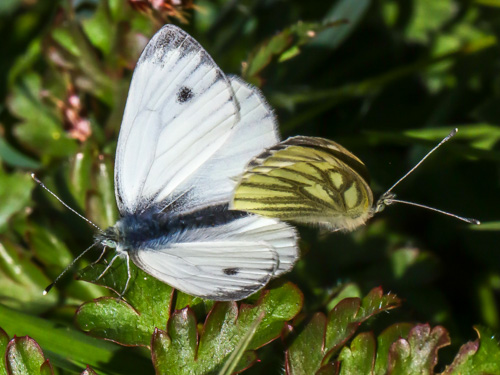
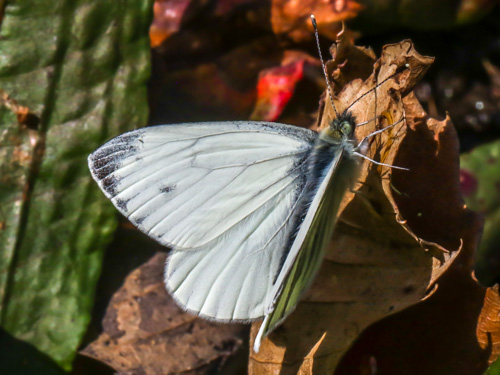
Valais, Switzerland, March 2020
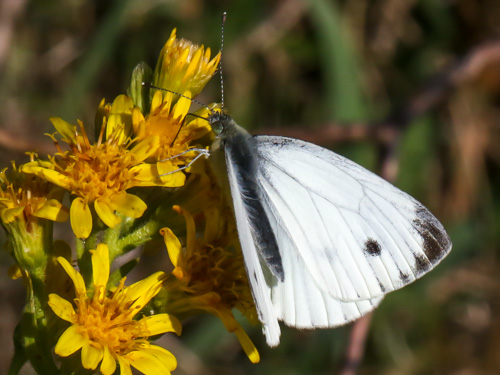
Coimbra, Portugal, October 2019
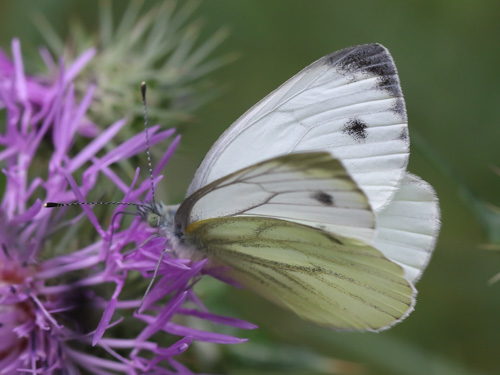
Tuscany, Italy, May 2019
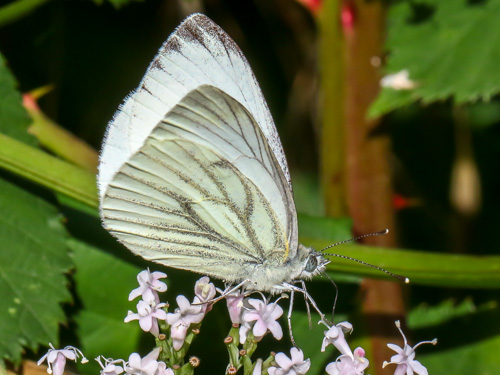
Vaud, Switzerland, June 2020
